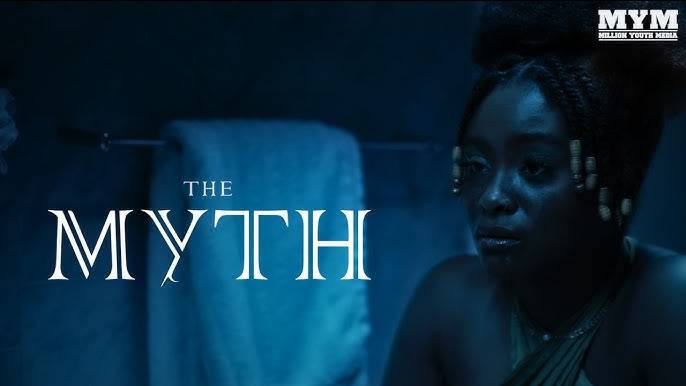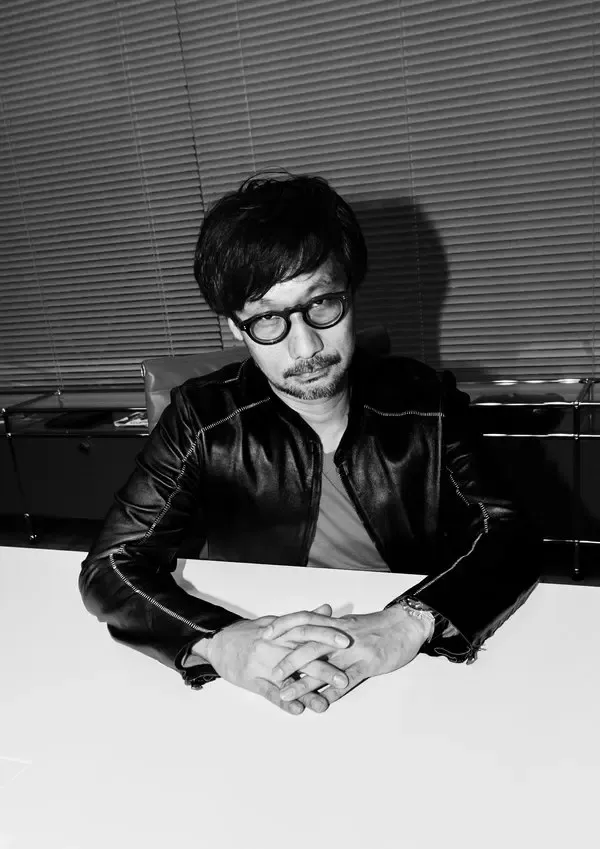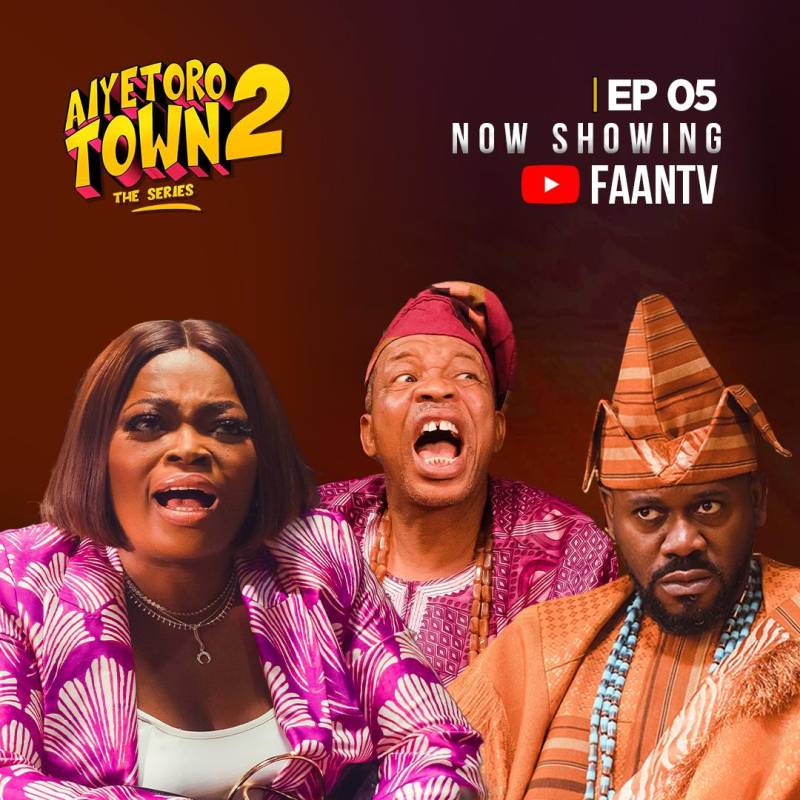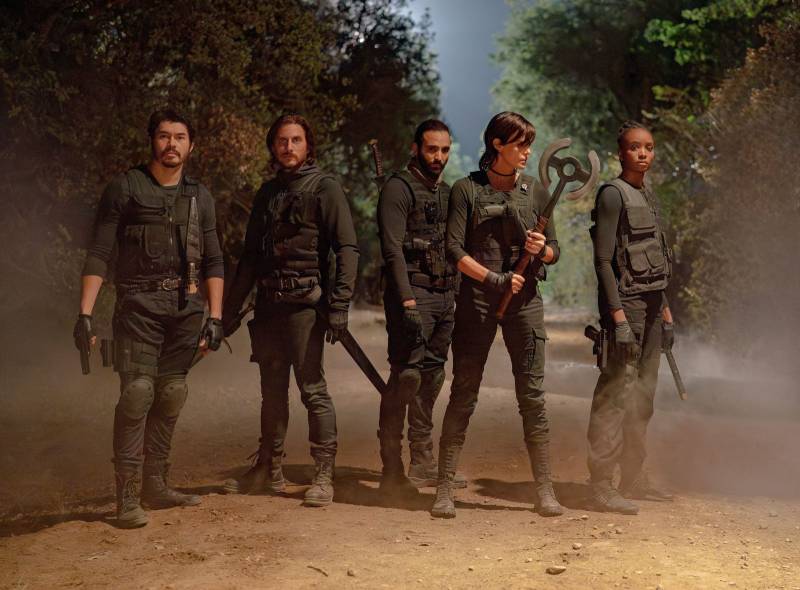Seventy years ago, in July 1955, under the sweltering California sun, Walt Disney stood before the gates of what many critics then called “Walt’s Folly.” A man who once sketched a mouse now stood ready to open the gates to a world no one had ever seen—a physical embodiment of imagination. But what did Disneyland look like on that opening day, beyond the black-and-white photographs and faded newsreels? And more importantly, what did it feel like?
Opening day wasn’t the pristine fairy tale Walt had envisioned. Newspapers would later dub it “Black Sunday.” Fresh asphalt melted underfoot, drinking fountains ran dry, and the invite-only crowd ballooned with counterfeit tickets. Yet, despite the chaos, something magical stirred. It wasn’t just the sight of Sleeping Beauty Castle or the smell of popcorn wafting through Main Street. It was the collective heartbeat of dreamers stepping into a world where fantasy promised to conquer reality.
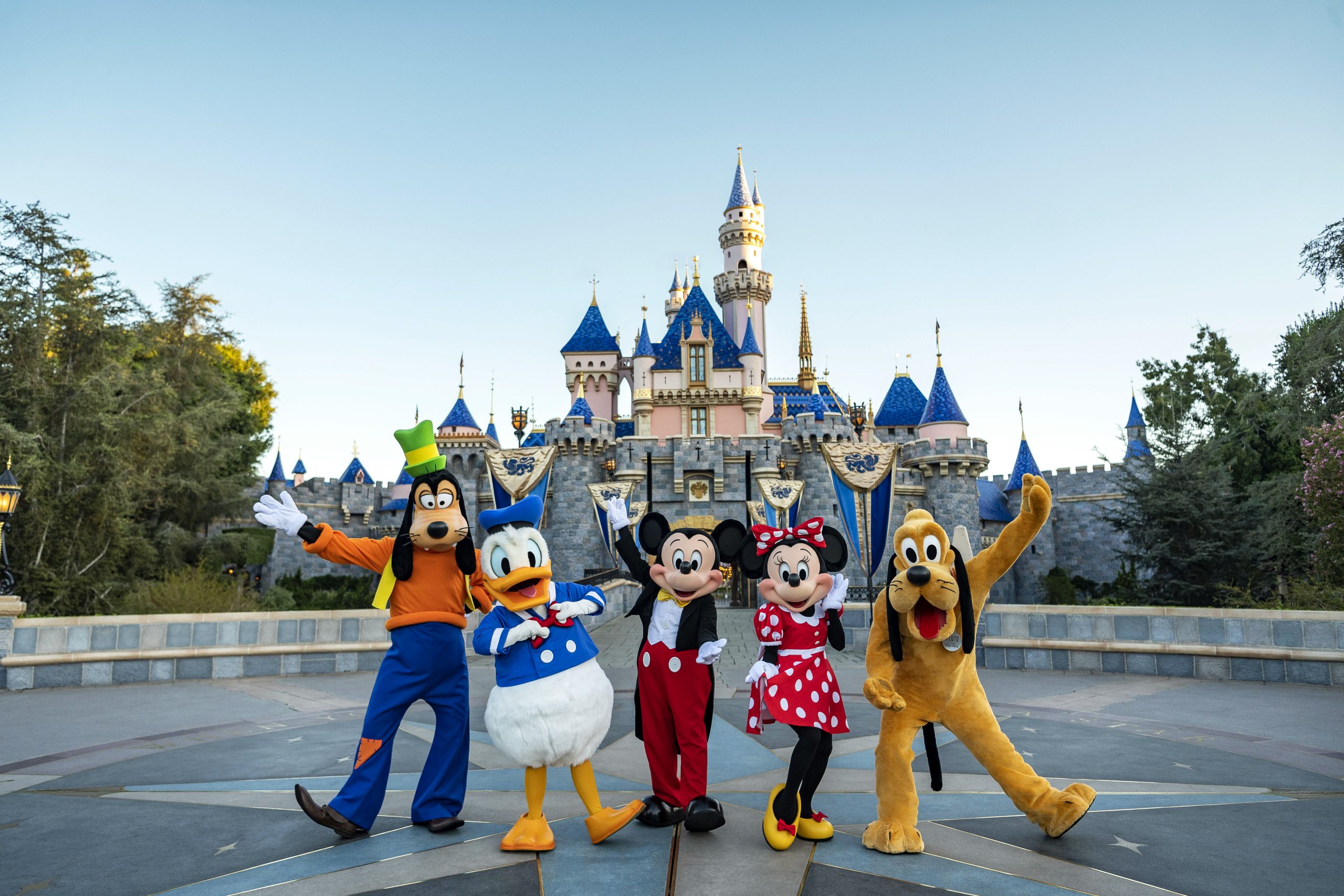
Related article - Uphorial Podcast

Walt Disney was more than an animator; he was a storyteller who believed stories shouldn’t be confined to screens or pages. Disneyland was his most ambitious narrative, a place where visitors weren’t just spectators but participants. He called it “the happiest place on Earth,” but Disneyland was also a gamble. Walt mortgaged his home to fund the park, a risk driven not by business sense but by boundless belief. And that belief, on opening day, shimmered beneath the surface of every creaky ride and every smiling employee trained to never break character. The Disneyland of 1955 was far from the polished giant we know today. Frontierland wasn’t lined with advanced animatronics; it was simple facades, a Mark Twain Riverboat, and kids chasing the dusty idea of the Old West. Tomorrowland, ironically, looked rushed, with unfinished exhibits showcasing futuristic ideas that seemed only half-realized. But maybe that was part of the magic, the imperfections were human, and the dreams felt reachable.
In those early days, children weren’t just meeting characters; they were shaking hands with hope itself. Adults weren’t just reliving childhood memories; they were stepping into a promise that magic, however briefly, could be real. Seventy years later, standing in that same park, it’s easy to get lost in the spectacle. Everything is bigger, cleaner, and optimized for mass experience. But to understand Disneyland’s true magic, you have to look past the smartphone screens and commercial gloss. You have to remember the man who walked those paths with eyes always searching for the next wonder. You have to feel the quiet hope that tomorrow could always be better, if only you dared to imagine it.
Walt’s vision wasn’t just to build rides; it was to craft emotions. He once said Disneyland would never be completed as long as there was imagination left in the world. And that’s the real story: Disneyland wasn’t a culmination, it was a beginning. A blueprint not just for theme parks, but for how we experience stories, space, and even each other. Today, Disneyland remains many things: a tourist hotspot, a financial powerhouse, a meticulously controlled brand. But peel back those layers, and it is still, at its heart, a story. One that began with a man who, seventy years ago, dared to invite the world into his imagination and changed the real world forever. In the end, Disneyland on opening day wasn’t perfect. It wasn’t flawless. But it was alive. And that’s why, seventy years later, the dream hasn’t dimmed. It has only grown.
